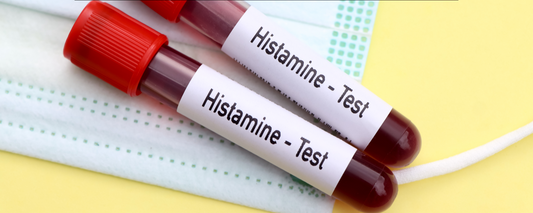
How to Flush Out Histamine: Expert Tips for Man...
Headaches, skin rashes, and digestive problems… seemingly unrelated symptoms with a common cause—histamine. While this chemical is essential for many bodily functions, too much of it can leave you feeling...
How to Flush Out Histamine: Expert Tips for Man...
Headaches, skin rashes, and digestive problems… seemingly unrelated symptoms with a common cause—histamine. While this chemical is essential for many bodily functions, too much of it can leave you feeling...
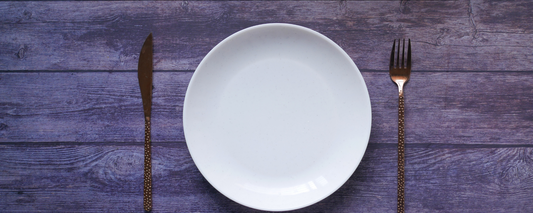
Does Fasting Reduce Histamine? What Research Sa...
You're dealing with pesky histamine sensitivities, and the typical remedies just aren't cutting it. What if the solution lies in an unexpected place—your eating pattern? Did you know when you...
Does Fasting Reduce Histamine? What Research Sa...
You're dealing with pesky histamine sensitivities, and the typical remedies just aren't cutting it. What if the solution lies in an unexpected place—your eating pattern? Did you know when you...

What Triggers Histamine Release: 25 Common Caus...
What do mosquito bites, yogurt, and exercise have in common? They can all trigger the release of histamine! And in people with histamine intolerance, these seemingly unrelated factors, as well...
What Triggers Histamine Release: 25 Common Caus...
What do mosquito bites, yogurt, and exercise have in common? They can all trigger the release of histamine! And in people with histamine intolerance, these seemingly unrelated factors, as well...

Is Banana High in Histamine?
If you have histamine intolerance, you may have noticed every time you slurp down your favorite peanut butter banana smoothie your gums begin to itch a short while later. Or you break...
Is Banana High in Histamine?
If you have histamine intolerance, you may have noticed every time you slurp down your favorite peanut butter banana smoothie your gums begin to itch a short while later. Or you break...

What Is an Overactive Histamine Response to Bug...
It’s a balmy summer evening. The stars are twinkling in the sky and you hear the faint chirping of the insects outside. Everything is perfect and you’re feeling calm and...
What Is an Overactive Histamine Response to Bug...
It’s a balmy summer evening. The stars are twinkling in the sky and you hear the faint chirping of the insects outside. Everything is perfect and you’re feeling calm and...
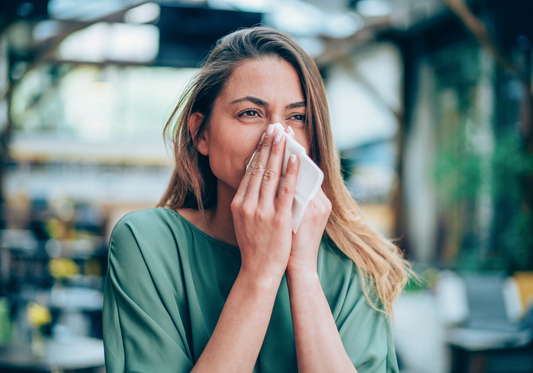
How to Stop a Histamine Reaction and Clear Hist...
Do some meals leave you with a stuffy nose, irritated, watery eyes, or difficulty breathing? Perhaps unexplained headaches, anxiety or heart palpitations?Have you broken out in hives after eating something...
How to Stop a Histamine Reaction and Clear Hist...
Do some meals leave you with a stuffy nose, irritated, watery eyes, or difficulty breathing? Perhaps unexplained headaches, anxiety or heart palpitations?Have you broken out in hives after eating something...
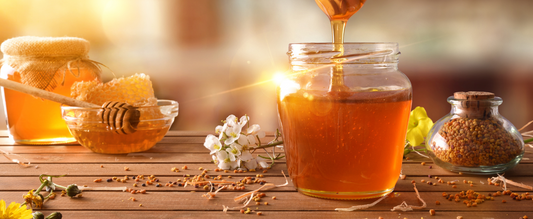
Is Honey High in Histamine?
Mouth watering on hot, buttered toast. A sweet, golden blob on top of a steaming bowl of oatmeal. Delicious stirred into a piping hot cup of tea.We’re talking about honey!...
Is Honey High in Histamine?
Mouth watering on hot, buttered toast. A sweet, golden blob on top of a steaming bowl of oatmeal. Delicious stirred into a piping hot cup of tea.We’re talking about honey!...

Does Histamine Keep you Awake? Understanding th...
Do you dread going to bed at night, anticipating eight hours of tossing and turning? Your mind running through tomorrow’s to-do list and worrying about that comment your best friend...
Does Histamine Keep you Awake? Understanding th...
Do you dread going to bed at night, anticipating eight hours of tossing and turning? Your mind running through tomorrow’s to-do list and worrying about that comment your best friend...
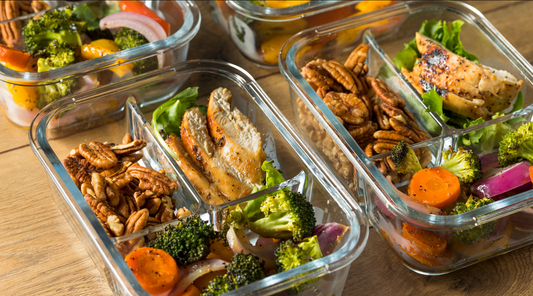
5 Steps to Reduce Histamine in Leftover Foods
If you’re a meal prep junkie, you’re likely making a few common mistakes that could seriously be damaging the nutritional content of your food. Not only that, but it could be the...
5 Steps to Reduce Histamine in Leftover Foods
If you’re a meal prep junkie, you’re likely making a few common mistakes that could seriously be damaging the nutritional content of your food. Not only that, but it could be the...

What Neutralizes Histamine? Natural Ways to Man...
Imagine biting into a ripe strawberry, expecting to enjoy its juicy tartness, only to be rewarded with an itchy throat and a pounding headache instead. That's not much of a...
What Neutralizes Histamine? Natural Ways to Man...
Imagine biting into a ripe strawberry, expecting to enjoy its juicy tartness, only to be rewarded with an itchy throat and a pounding headache instead. That's not much of a...
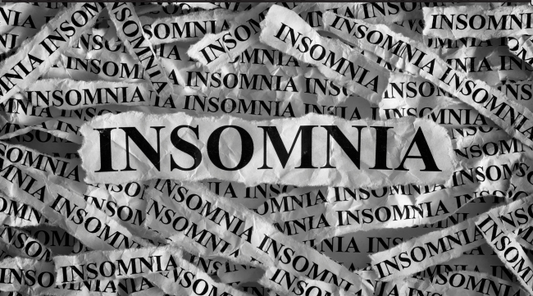
Can Histamine Cause Insomnia?
You’ve been tossing and turning for hours, watching the minutes on the clock as they count down to dawn. As you lie there frustrated, with the dread of having to get...
Can Histamine Cause Insomnia?
You’ve been tossing and turning for hours, watching the minutes on the clock as they count down to dawn. As you lie there frustrated, with the dread of having to get...

Is Histamine Affecting Your Sleep Cycle?
There’s nothing more frustrating than crawling into bed exhausted at the end of the day, only to lie there staring at the ceiling—your mind racing and your eyes wide open....
Is Histamine Affecting Your Sleep Cycle?
There’s nothing more frustrating than crawling into bed exhausted at the end of the day, only to lie there staring at the ceiling—your mind racing and your eyes wide open....

How Long Until Histamine Levels Drop? 4 Ways to...
Imagine your body as a bathtub, slowly filling up with histamine. For most people, there is a steady drip from the faucet and a functioning drain. If you have histamine...
How Long Until Histamine Levels Drop? 4 Ways to...
Imagine your body as a bathtub, slowly filling up with histamine. For most people, there is a steady drip from the faucet and a functioning drain. If you have histamine...

Why Does Histamine Release at Night?
Do you ever find yourself tossing and turning at night, plagued by unexplained itching, congestion, or even vivid nightmares? You’re not alone. Anyone with histamine intolerance is familiar with this...
Why Does Histamine Release at Night?
Do you ever find yourself tossing and turning at night, plagued by unexplained itching, congestion, or even vivid nightmares? You’re not alone. Anyone with histamine intolerance is familiar with this...
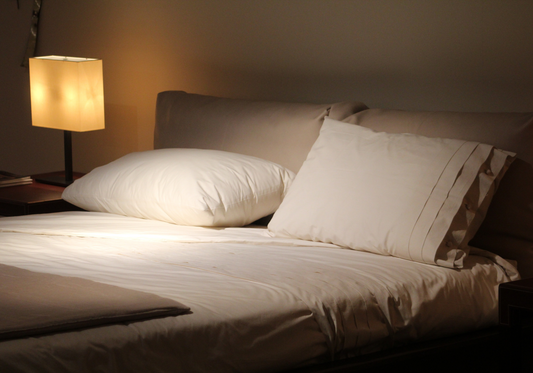
Histamine Dump at Night: A Complete Guide
Have you started dreading bedtime? Are you desperate for a good sleep, uninterrupted by night sweats, a pounding headache, or unbearably itchy skin?If this rings true for you, it’s possible...
Histamine Dump at Night: A Complete Guide
Have you started dreading bedtime? Are you desperate for a good sleep, uninterrupted by night sweats, a pounding headache, or unbearably itchy skin?If this rings true for you, it’s possible...
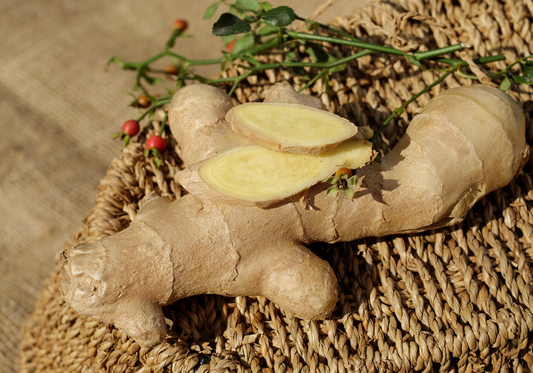
Is Ginger High in Histamine?
How would you describe ginger?If you were to ask me, I'd use just four words: Spicy. Zingy. Warm. Fragrant. It’s an exotic addition to stir fries, curries, smoothies, and even cookies....
Is Ginger High in Histamine?
How would you describe ginger?If you were to ask me, I'd use just four words: Spicy. Zingy. Warm. Fragrant. It’s an exotic addition to stir fries, curries, smoothies, and even cookies....

Histamine Blockers: Types, Mechanisms, Uses, an...
If you have histamine intolerance, you probably don't have to think too hard to imagine a world where allergies run rampant, and acid reflux ruins every meal.When your problem started,...
Histamine Blockers: Types, Mechanisms, Uses, an...
If you have histamine intolerance, you probably don't have to think too hard to imagine a world where allergies run rampant, and acid reflux ruins every meal.When your problem started,...

Histamine Intolerance and Blood Sugar
Do you ever feel tired, dizzy and unwell just a short while after eating your last meal?Do you feel like even though you’ve had a fairly good serving of a...
Histamine Intolerance and Blood Sugar
Do you ever feel tired, dizzy and unwell just a short while after eating your last meal?Do you feel like even though you’ve had a fairly good serving of a...
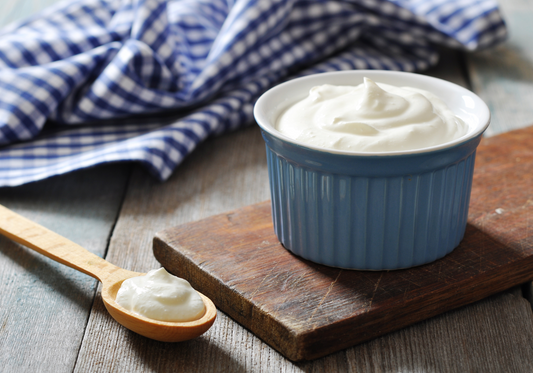
Best Probiotics for Histamine Intolerance: Full...
Our body houses over 100 trillion bacteria which are, in some way, involved in every single bodily function, ranging from immune health to daily mood and energy.Disorders such as histamine...
Best Probiotics for Histamine Intolerance: Full...
Our body houses over 100 trillion bacteria which are, in some way, involved in every single bodily function, ranging from immune health to daily mood and energy.Disorders such as histamine...
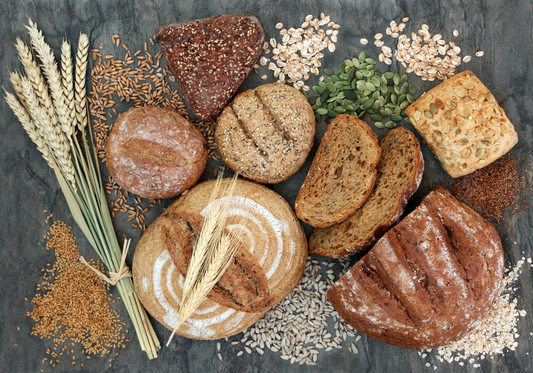
How Much Dietary Fiber Should You Eat Daily?
Many people have a lowkey best friend: fiber.And if you have histamine intolerance, it really should be! You may laugh at this idea, but realistically, fiber is actually the bestest...
How Much Dietary Fiber Should You Eat Daily?
Many people have a lowkey best friend: fiber.And if you have histamine intolerance, it really should be! You may laugh at this idea, but realistically, fiber is actually the bestest...

The Role of Diet in Managing Histamine Reactions
One day you have hives and intensely itchy skin. The next, you are doubled over with abdominal pain and cramps. And the day after, you’re out of your mind with...
The Role of Diet in Managing Histamine Reactions
One day you have hives and intensely itchy skin. The next, you are doubled over with abdominal pain and cramps. And the day after, you’re out of your mind with...
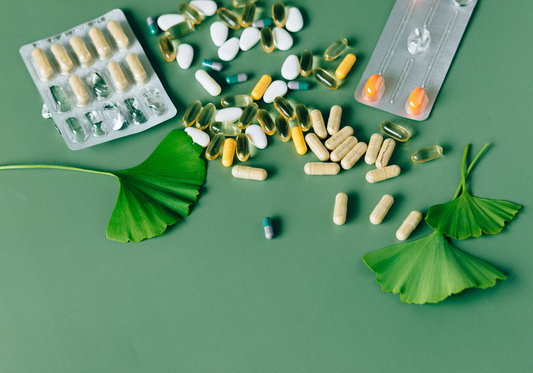
Understanding Antihistamines: Definition, Types...
Picture it: Springtime. The birds are singing their songs in the trees and all the glorious spring flowers are in bloom. But so are your allergies.Your nose is running like...
Understanding Antihistamines: Definition, Types...
Picture it: Springtime. The birds are singing their songs in the trees and all the glorious spring flowers are in bloom. But so are your allergies.Your nose is running like...
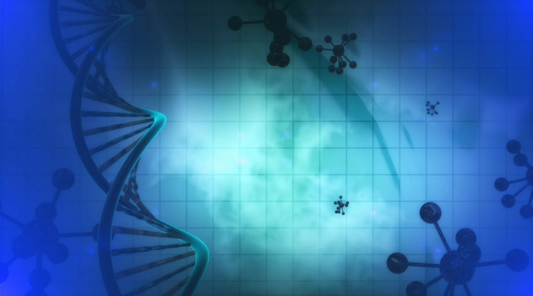
Mast Cell Activation Syndrome (MCAS) – The Root...
Is mast cell activation syndrome responsible for your histamine intolerance?While I'm going to try to help you to answer this question today, one thing is for certain: you probably have...
Mast Cell Activation Syndrome (MCAS) – The Root...
Is mast cell activation syndrome responsible for your histamine intolerance?While I'm going to try to help you to answer this question today, one thing is for certain: you probably have...
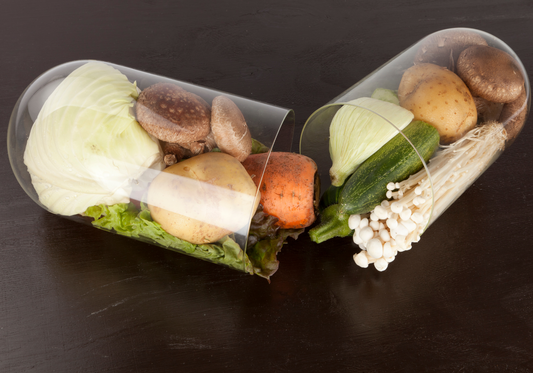
Diet & Supplements to Manage Histamine Reaction...
Author note: This post is a personal story written by Dr Garth Cambray, who carries a PhD in applied microbiology and researches products that enhance the human microbiome.Dr. Garth Cambray chose to write his...
Diet & Supplements to Manage Histamine Reaction...
Author note: This post is a personal story written by Dr Garth Cambray, who carries a PhD in applied microbiology and researches products that enhance the human microbiome.Dr. Garth Cambray chose to write his...


